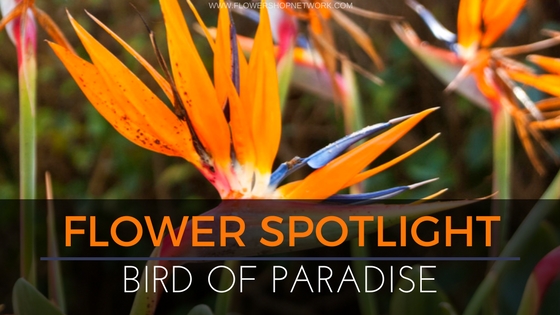
Birds of Paradise are stunning tropical flowers that showcase elegance and exotic beauty. Their bright colors are mesmerizing to the eye, beautifully drawing our attention to their bird-like features. Keep reading for more information about this enchanting bloom!


 Find Your
Find Your 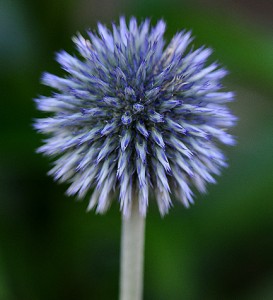

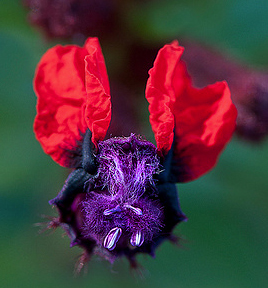
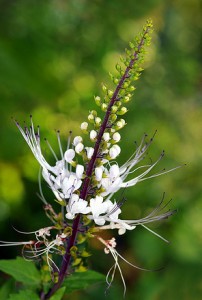
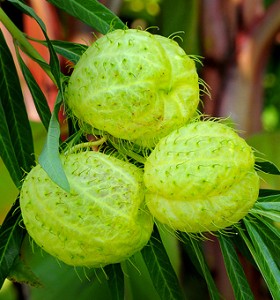
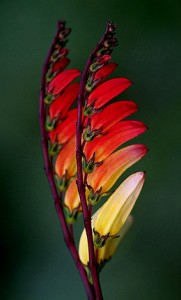


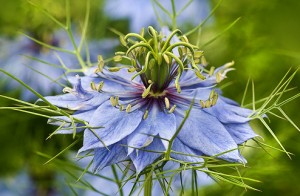
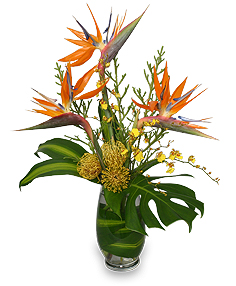

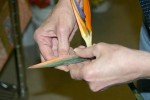
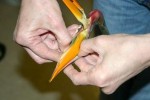

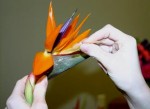

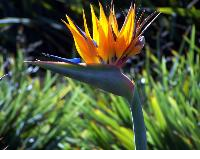
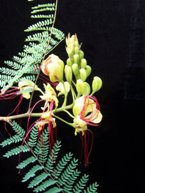
 but on a larger scale. This arrangement contains bird of paradise, anthurium, protea, horsetail, hypericum, curly willow & monstera.
but on a larger scale. This arrangement contains bird of paradise, anthurium, protea, horsetail, hypericum, curly willow & monstera.





